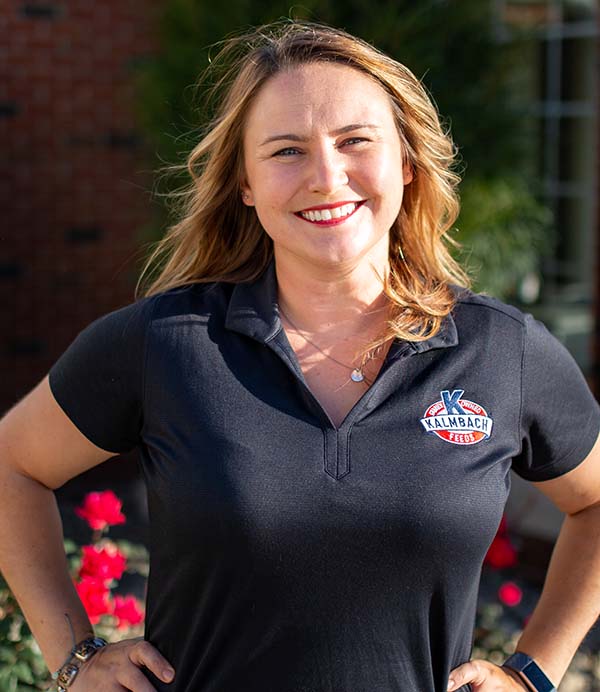Caring for Goat Kids: What to Expect When You’re Expecting

Goats are a wonderful addition to any farm. They are smart, playful, and (we may be biased) absolutely adorable. They make great companion animals and can also be raised for milk or meat production. Breeding goats and kidding newborns is something that requires some thoughtful planning, above and beyond general herd management practices.
Here Are Five Tips that can Help You Through a Successful Kidding Season:
1). Kid Care Starts with Mom.
Just like with human kids, pre-natal care is important. Making sure that your breeding does have access to goat feeds with adequate vitamin and mineral fortification is the foundation of developing a healthy kid. Providing a well-balanced free-choice mineral to your breeding stock will help make sure that all of the nutritional boxes are checked, regardless of feeding protocol. Keeping your does at a healthy body weight will help with conception rates and retention. Over-feeding can cause a variety of issues, unsuccessful breeding being one of them. Finally, keeping your does up to date on their vaccinations will not only keep them healthy, but also help ensure passive immunity to their offspring.
2.) Create a Kidding Plan.
Know when your doe is bred and when to expect your new kid(s). Most goats are seasonal breeders, meaning they come into heat approximately every 20 days from September through February. The average gestation period for goats is 150 days. For example, if your doe is bred on October 1st, she will kid around February 28th (150 days later). If you have multiple does that you want bred, you may or may not want to stagger their breeding dates. Cold weather is something to consider when selecting a breeding date. You will want to make sure that you have a clean, dry, and quiet space for your expectant mother, so that she feels comfortable during kidding. Plan to check on her every few hours or so as she gets close to labor. The first stage of labor, where the nanny is restless and may begin to nest, can last 12-24 hours. The second stage of labor is where the kid begins to move out of the uterus and down the birth canal. You should first see the amniotic membrane, two front hooves, and a nose, followed by the rest of the kid. This stage should take no more than 30-45 minutes. If this second stage of labor takes longer than that, it could be indicative of dystocia and you should call your veterinarian. Once your goat kid is born, you will want to make sure that the amniotic membrane has broken and that the kid’s mouth and nostrils are clear. Once you are sure that the kid is breathing well on its own, it is best to get out of the kidding pen and allow your nanny to mother him. A lingering audience can be stressful for some nannies.
3.) Maintain a Healthy Environment.
The best way to protect your newborn goat kids is with proper management. This includes maintaining a healthy environment. For kids who are well cared for by their nanny, heat lamps and blankets are not usually necessary. A clean, dry pen and an attentive nanny will keep your kid warm and content. Keeping your pen(s) clean and dry will also help minimize the risk for illness and disease, as many pathogens can survive in wet conditions. Clean bedding, whether you use straw, sawdust, or shavings, will help keep the moisture level down.
4.) Provide Early Veterinary Care.
Newborn kids do not require you to trim or cut their umbilical cord, but it isn’t a bad idea to dip their umbilical cord in 7% iodine (found at most farm stores) on day zero to help keep it disinfected. Should you choose to dehorn or disbud your goat kids, it needs to be done at around one week of age. At 5-6 weeks of age, it is recommended that kids receive a CD-T combination vaccine for Clostridium perfringes types C and D plus tetanus and are given a booster 3-4 weeks later.
5.) Choose Feed that Is Age Appropriate.
Kids are typically weaned from their nannies around 2-3 months of age. With that in mind, it is important to select a feed that is age appropriate and offer it slowly as a creep feed as soon as they will start to nibble at it. Kid starter feeds are usually slightly flavored or coated with molasses to entice them to eat. They are also balanced to be a little more concentrated and provide all of the required nutrition at a smaller feeding rate – think about how much a 20 pound goat kid will eat versus a mature 120 pound goat. Weaning is a stressful time for kids and you want to stay as consistent as possible to keep that stress to a minimum. You will want to continue to feed your starter feed through weaning and for at least 30 days after weaning. Most kid starters are medicated to help treat and prevent coccidiosis, as young kids are susceptible to it.
Kalmbach Feeds® Has Everything You Need to Help Raise Your Goat Kids
Check out our complete line of goat feeds to help raise your goat kids to be healthy and strong!
